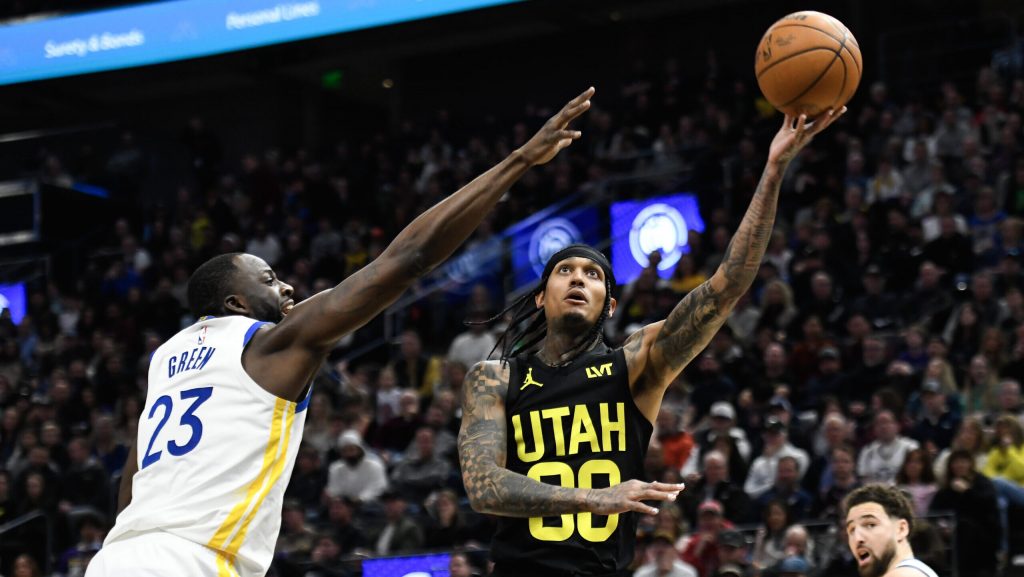Amidst fervent speculation leading up to the NBA trade deadline, the Utah Jazz made a surprising decision to adopt a selling strategy instead of pursuing acquisitions. This shift in approach has sparked discussions among fans and analysts alike, prompting questions about the team’s motives and the implications for the remainder of the season.
In a recent episode of the Jazz Notes podcast, hosts Ben Anderson and Chandler Holt delved into the rationale behind Utah’s decision and provided insights into the team’s future trajectory.
The Jazz made significant moves before the trade deadline, with one notable transaction involving the exchange of Simone Fontecchio for Kevin Knox, Gabriele Procida’s draft rights, and a second-round draft pick. Subsequently, Utah further reshaped its roster by trading Kelly Olynyk and Ochai Agbaji to the Toronto Raptors in return for Kira Lewis, Otto Porter, and a coveted 2024 first-round draft pick. However, the decision to waive Kevin Knox just one day after the deadline raised eyebrows and signaled a swift change in direction for the franchise.
Despite these strategic moves, the Jazz’s on-court performance in the immediate aftermath of the deadline was less than stellar. With back-to-back losses and an average deficit of 18 points, concerns emerged about the team’s cohesion and ability to adapt to its revised lineup.
Looking ahead, the Jazz face formidable opponents in upcoming matchups against the Lakers and Warriors before the league takes a break for the All-Star weekend. Currently positioned 11th in the Western Conference standings, the team finds itself on the cusp of playoff contention, with only a narrow margin separating them from potential advancement or regression in the rankings.
The decision to adopt a selling approach at the trade deadline reflects a strategic pivot for the Jazz, prioritizing long-term sustainability over short-term gains. By focusing on acquiring assets and future opportunities, such as securing a top-10 draft pick, the team is laying the groundwork for potential roster enhancements and renewed competitiveness in the seasons ahead.
In essence, Utah’s decision signals a willingness to embrace change and adapt to evolving circumstances. While the immediate aftermath may present challenges, the team’s strategic shift underscores a broader commitment to building a foundation for sustained success, both on and off the court. As the season progresses, it will be intriguing to see how these strategic moves shape the Jazz’s trajectory and position them for future success in the highly competitive NBA landscape.
